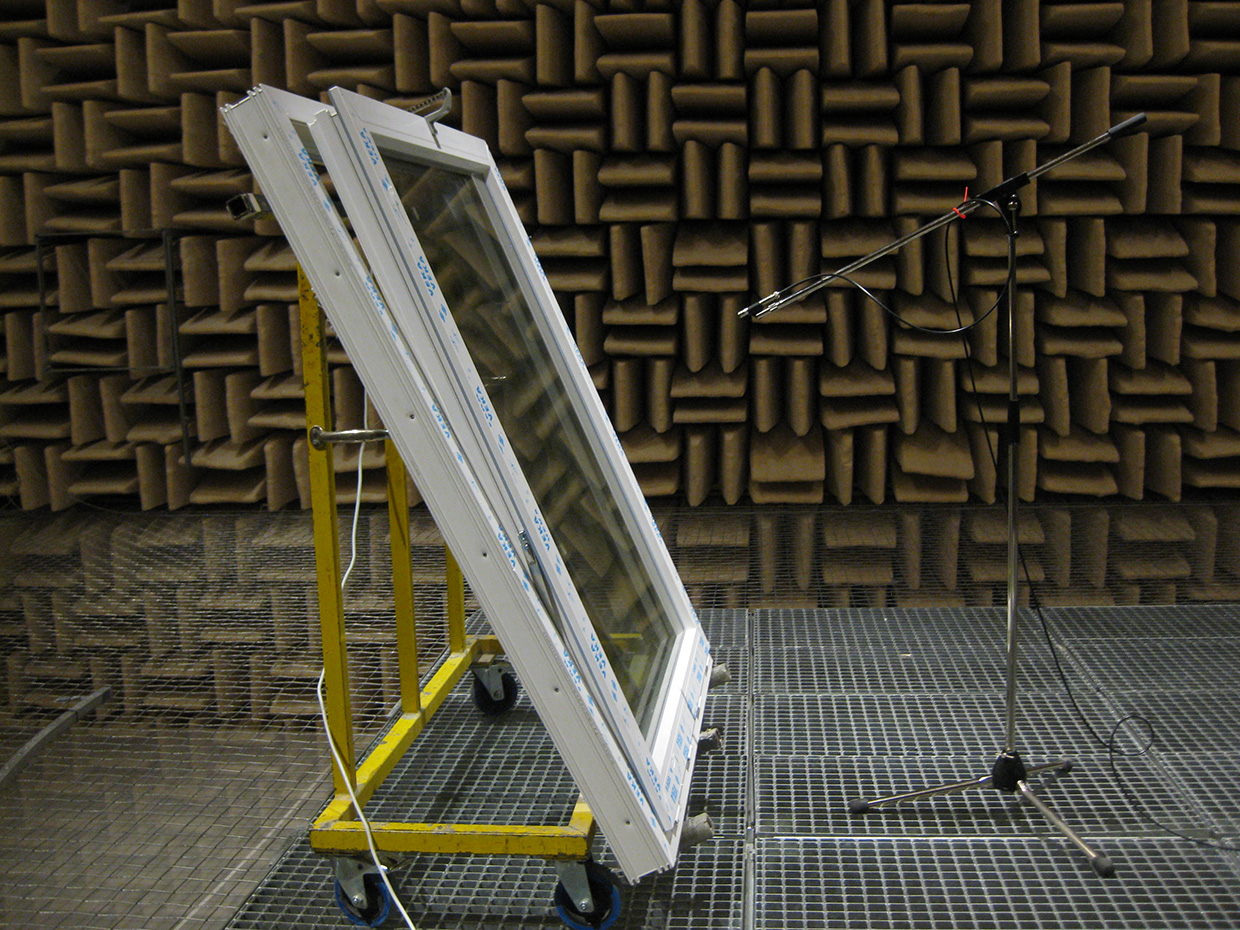Whether at home, in a hotel or at work in the office - the problem is often the same: You want to open the window to ventilate the room, but it is very loud outside. After a short time, you close the window again to avoid the noise. The solution: automatic windows that open when ventilation is required, as detected by sensors, yet also have an automatic closing function that is activated as soon as a certain noise level is reached outside the building. However, the development in the Sound Controlled Ventilation project goes beyond simple volume control. It can also filter sounds based on their type and include the indoor noise level in the decision-making process via a microphone installed in the room.
Sound Controlled Ventilation
Project goals
In the Sound Controlled Ventilation project, our scientists have set themselves the goal of enabling rooms to be naturally ventilated by automated windows or vents that are intelligently controlled by microphones. This will protect people from outside noise. To this end, noise sensors have been integrated into the control system of windows which can be opened and closed automatically. Thanks to suitable algorithms based on artificial intelligence (AI) and machine learning (ML), disturbing noises can be detected early on, and the window can react accordingly while the noise is still at a low, non-disturbing volume. The noise level inside the room is also included as an additional criterion.
Project results
In the project, the researchers in the Acoustics department are concentrating on sensor technology, control engineering and the use of quiet drive systems. The main focus, however, is on developing the software used by the algorithms to detect and analyze noise and make decisions about how to control the drive.
The system set-up was designed and validated in the laboratory. The validation was carried out both in technical terms and in the context of a test with subjects. Various sound events, such as the simulated passing of trains or other means of transport, were reproduced in the room with closed, open and automatically-controlled windows. The test subjects evaluated these sound scenarios based on the criteria of annoyance and loudness.
